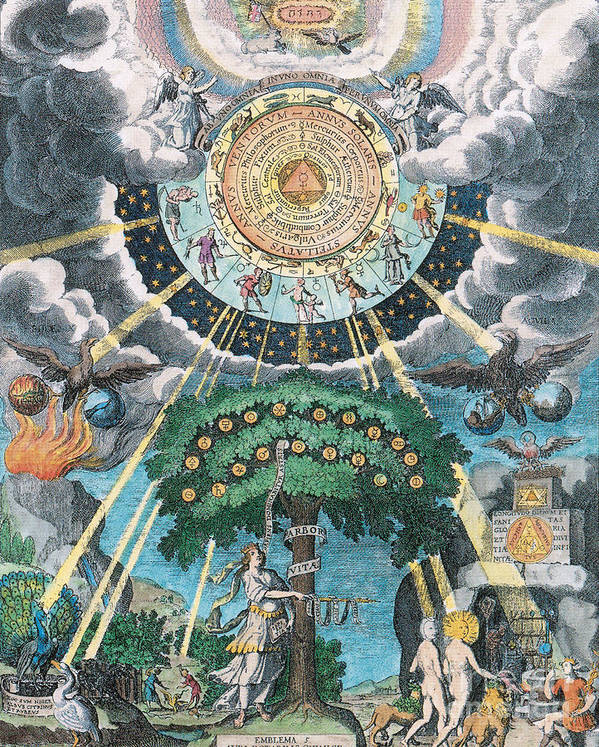
Lady Isabel & the Elf Knight (Child #4, Roud #21) is a large class of European ballads where a young woman defeats a man who tries to murder her. There are a number of variants, categorized below. 1/ #WyrdWednesday 

In the variant Child's A "The Gowans Sae Gae", Lady Isabel meets an Elf Knight who leads her to the Greenwood intending to kill her, as she discovers. Isabel tricks him into falling asleep, usually either with a charm or by singing & kills him with his own dirk. 2/ #WyrdWednesday 

"The Gowans Sae Gae" variant of this song can be heard here: or here: 3/
In the variant Child's B "The Water O Wearie's Well", a harpist takes the king's daughter to a well. He convinces her to wade in & then reveals that he intends to drown her. She convinces him to give her a kiss to comfort her, pulls him in, & drowns him instead. 4/ #WyrdWednesday 

In Child's C through F "The Outlandish Knight", a man & noblewoman go to get married, but he plans to rob & kill her. He tells her to remove her clothing before she dies, due to its value. She request he turn around for privacy & then throws him into the sea. 5/ #WyrdWednesday 

You can listen to a recording of one of these variants here: 6/
Image credits:
1- W.C. Cooke
2- Alsdale on deviantart
3- Thomas Faull
4- Arthur Rackham
7/7
1- W.C. Cooke
2- Alsdale on deviantart
3- Thomas Faull
4- Arthur Rackham
7/7
@threadreaderapp unroll pls
• • •
Missing some Tweet in this thread? You can try to
force a refresh




















